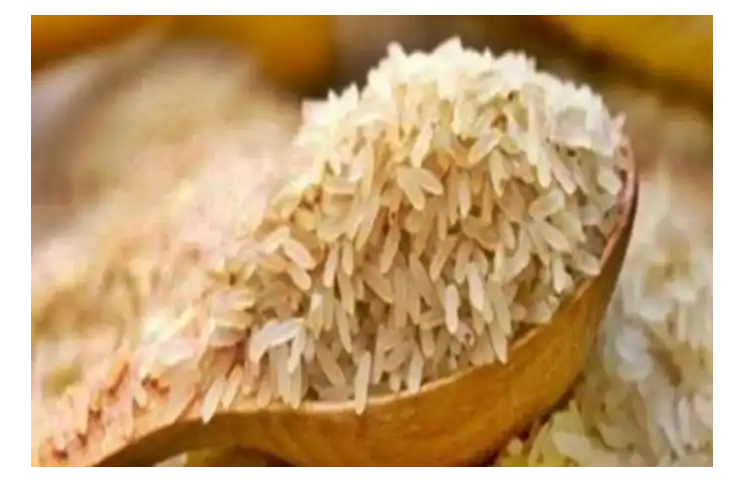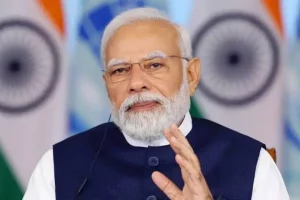The global wheat shortage and the subsequent increase in the price of the grain, driven by the Russia-Ukraine war, has increased the focus on rice. And India, one the world’s largest rice producers stands to gain. World demand for rice is expected to rise considerably this year as many wheat importing countries may have to increase their inward shipment of this staple grain amid concerns over food security.
Food Ingredients First, website tracking developments in the food sector, in a report said that with the war destabilising food supplies and markets, “rice is now the commodity in sharpened focus.”
According to Cornell Research published last year, rice made up 20 per cent of the world’s dietary energy supply—more than wheat (19 per cent) and maize (5 per cent)—and is the number one staple food for the world’s poorest and undernourished people.
But food experts said that the world’s dependence on rice is likely to rise this year due to the wheat shortage.
India, the world’s primary supplier of rice
India accounts for about 40 per cent of the global rice supply though outbound shipment of high-quality Basmati has considerably slowed down in the last one year.
If all goes well, India’s rice exports could further increase this year with expectation of a higher output on the back of a good monsoon.
Though a weaker rupee has helped Indian rice exporters to keep the prices low, in the coming months, the rates are set to go up. Insiders said that even if it touches $400 a tonne, it will be cheaper than the rice sold by Vietnam and Thailand.
Prices of rice sold in the global market by these two countries are between $410 and $440.
Thailand and Vietnam could form a cartel and jointly decide to increase their export prices for the grain in order to protect rising cost of production. Rice traders said that this could boost India’s exports.
Traders dealing in exports of the grain however said that the sudden ban of wheat exports by India has led to “some apprehension” among importing countries. “We need to have a consistent food exports policy and now with the World Trade Organisation consensus, we are expecting some continuity,” a New Delhi based exporter told India Narrative.
“Many countries that depend on wheat imports, may have to expand their inbound shipment of rice. India will continue to be a global leader in rice exports,” Vinod Kaul, senior executive director, All India Rice Exporters’ Association told India Narrative. With wheat supplies slowing, these countries may have to increase rice imports,” he added.
Amid rising concerns over a food shortage, India is comfortably placed with adequate rice stocks. India’s milled and padded rice stocks were at 58 million metric tons “quadrupling the 13.5 metric tonnes target.”
The sowing of rice, primarily a Kharif crop, starts this month. Sowing of the grain has already started. “With the monsoons progressing well, we hope that the sowing exercise will be carried out normally,” a member of a farmers’ union said.
However, India's slowing exports of Basmati rice to Europe and several West Asian is a cause for concern. In 2021-22 exports of Basmati rice into Europe fell by about 50 per cent. In 2020-21 the total exports to Europe stood at about 1.66 lakh tonnes. In 2021-22, it was only 88,000 tonnes. These countries have complained of Indian Basmati being laced with residual pesticide.
The All India Rice Exporters’ Association has identified and collected data on 15 pesticides.
“We are working on this. We have already initiated talks with the authorities and are doing the needful,” Kaul said.
Also read: India promises food and fertilizers to ‘vulnerable countries’ during UN Security Council meet
India must not lose focus on wheat and rice while encouraging millets




















